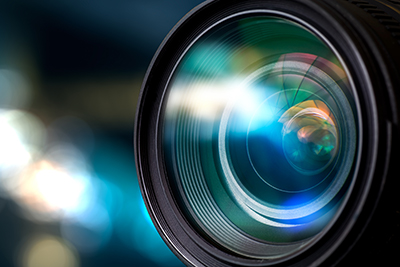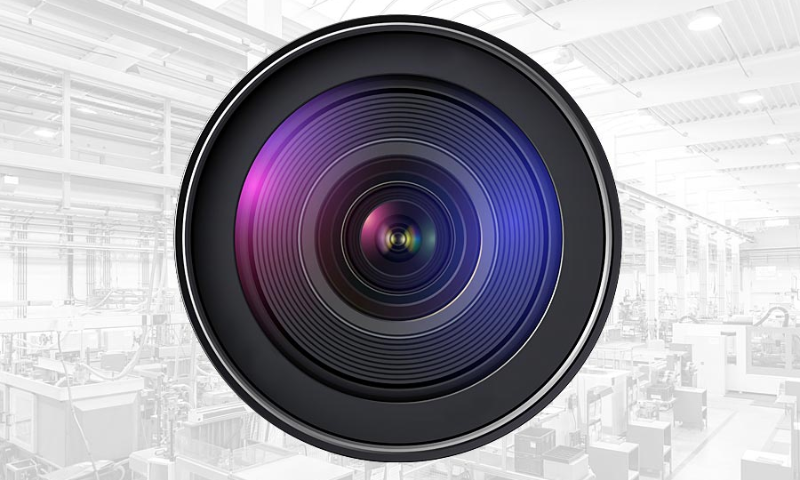Why Is Machine Vision Lens Important? And How to Choose the Right Lens for Your Application. Let's Explore with New Ocean New Ocean helping you make the right lens selection decision!

Similar to any other camera, the lens is a critical component for capturing machine vision images. Light enters the lens and is directed to the camera sensor for processing. For a successful automated image processing system, the images must have adequate quality. The lens you choose needs to capture a clear image with sufficient resolution to provide accurate results. Contrast, depth of field, field of view, working distance, mounting, and cost are all important factors to consider when selecting a lens
Of course, the primary consideration when choosing a lens is to ensure it captures a clear image.
But it also needs to do so at a sufficiently fast pace to keep up with your automated processes. And a precise, reliable lens will reproduce consistent results every time for quick analysis. To withstand harsh environments, you may need a lens equipped with a metal housing or robust focusing mechanism. Replacing faulty lenses can lead to downtime costs far exceeding the price of the lenses themselves.

Choosing the Lens Type: If your sensor has a resolution of one megapixel or lower, a standard resolution lens may be suitable. These lenses can focus to infinity and are designed to minimize distortion and vignetting. If you require smaller pixel sizes, a high-resolution lens can provide more precise measurements.
Determining the exact focal length requires measuring the distance between the camera and the object you are observing. Another part of the selection process is considering the object you are inspecting. If this is an inspection application, you need to decide whether you are viewing the entire object or just the part being inspected. Most machine vision applications can be addressed using standard C-mount fixed lenses with focal lengths ranging from 8 mm to 75 mm.
You also need to consider the sensor size in the camera. Large-format sensors may require F-mount or M42 lenses to match the physical sensor size and avoid cropping any pixels at the edges. Telecentric lenses are especially suitable for measurement applications; they can magnify an image without perspective distortion but often become expensive if a wider field of view is needed.

Most lenses offer a multitude of configurable options. Striking the right balance between accuracy, speed, and quality and then matching them to your camera's specifications always yields the best results. Various types of motors can be used to control lens focusing, allowing you to choose the right balance between accuracy, speed, and quality. From aperture control to light filters and lens mounts, you can select the perfect lens for your application.
In addition to conventional lens types, electronically adjustable liquid lenses also offer modern versatility and speed.
>>> View more: WHAT IS VISION SYSTEM? HOW IS VISION SYSTEM APPLIED IN PRODUCTION?
----------------------------------------------------------
New Ocean Automation System Company Limited
Website: New Ocean Automation System
Hotline: 1900 0224
